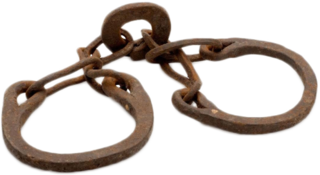 W
WThe Imperial Harem of the Ottoman Empire was the Ottoman sultan's harem – composed of the wives, servants, female relatives and the sultan's concubines – occupying a secluded portion (seraglio) of the Ottoman imperial household. This institution played an important social function within the Ottoman court, and wielded considerable political authority in Ottoman affairs, especially during the long period known as the Sultanate of Women. Multiple historians claim that the sultan was frequently lobbied by harem members of different ethnic or religious backgrounds to influence the geography of the Ottoman wars of conquest. The utmost authority in the Imperial Harem, the valide sultan, ruled over the other women in the household; she was often of slave origin herself.
 W
WCariye or Cariyes was a title and term used for category of enslaved women concubines in the Islamic world of the Middle East. They are particularly known in history from the era of the Ottoman Empire, where they legally existed until the mid-19th century.
 W
WCircassian beauties is a stereotype and a belief used to refer to an idealized image of the women of the Circassian people of the Northwestern Caucasus. A fairly extensive literary history suggests that Circassian women were thought to be unusually beautiful, spirited, and elegant, and as such were desirable as concubines.
 W
WThe Imperial Harem of the Ottoman Empire was the Ottoman sultan's harem – composed of the wives, servants, female relatives and the sultan's concubines – occupying a secluded portion (seraglio) of the Ottoman imperial household. This institution played an important social function within the Ottoman court, and wielded considerable political authority in Ottoman affairs, especially during the long period known as the Sultanate of Women. Multiple historians claim that the sultan was frequently lobbied by harem members of different ethnic or religious backgrounds to influence the geography of the Ottoman wars of conquest. The utmost authority in the Imperial Harem, the valide sultan, ruled over the other women in the household; she was often of slave origin herself.
 W
WKafes, literally "the cage", was the part of the Imperial Harem of the Ottoman Palace where possible successors to the throne were kept under a form of house-arrest and constant surveillance by the palace guards.
 W
WThe kizlar agha, formally the agha of the House of Felicity, was the head of the eunuchs who guarded the imperial harem of the Ottoman sultans in Constantinople.
 W
WThe Imperial Harem of the Ottoman Empire was the Ottoman sultan's harem – composed of the wives, servants, female relatives and the sultan's concubines – occupying a secluded portion (seraglio) of the Ottoman imperial household. This institution played an important social function within the Ottoman court, and wielded considerable political authority in Ottoman affairs, especially during the long period known as the Sultanate of Women. Multiple historians claim that the sultan was frequently lobbied by harem members of different ethnic or religious backgrounds to influence the geography of the Ottoman wars of conquest. The utmost authority in the Imperial Harem, the valide sultan, ruled over the other women in the household; she was often of slave origin herself.